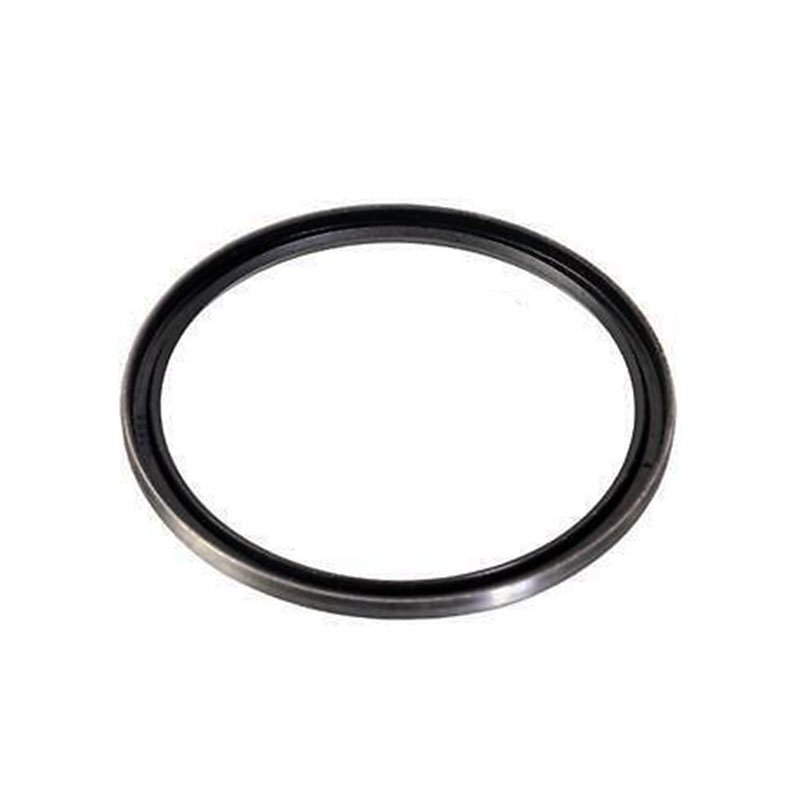ball valve o ring
Understanding O-Rings in Ball Valves An Essential Component for Efficiency and Longevity
Ball valves are widely used in various industries for their ability to control the flow of fluids effectively. One critical component that plays a vital role in the performance and reliability of these valves is the O-ring. O-rings serve as seals, preventing leaks and ensuring the optimized functioning of the valve. Understanding the importance of O-rings in ball valves can help in selecting the right materials and optimizing maintenance practices.
What is an O-Ring?
An O-ring is a circular piece of elastomer that is placed in a groove between two or more components. Its primary purpose is to provide a tight seal when compressed, preventing fluid from escaping. In a ball valve, O-rings are typically found around the ball, the stem, and various other junction points, serving as the first line of defense against leaks.
The Role of O-Rings in Ball Valves
O-rings play several crucial roles in ball valves
1. Seal Integrity The primary function of O-rings is to provide a leak-proof seal. This is essential in preventing the loss of fluid, which can be costly and environmentally damaging. A well-sealed ball valve contributes to system efficiency and performance.
2. Pressure and Temperature Resistance Depending on the application, ball valves can operate under varying pressure levels and temperatures. O-rings are engineered from various materials (e.g., Nitrile, Viton, PTFE) to withstand these conditions without degrading, ensuring long-lasting performance over time.
ball valve o ring

3. Facilitating Smooth Operation By creating a tight seal, O-rings ensure that the ball within the valve moves smoothly, offering quick and easy operation. This is particularly important in applications requiring frequent cycling or adjustments, such as in process control systems.
4. Maintenance and Replacement Regular inspection and maintenance of O-rings are vital for the longevity of ball valves. Over time, O-rings can wear out due to friction, heat, and exposure to chemicals. Early detection of wear can prevent more significant issues, such as valve failure or costly leaks.
Choosing the Right O-Ring Material
The selection of the correct O-ring material is contingent upon the specific application and the fluids involved. For example
- Nitrile (NBR) is common for oils and fuels. - Viton (FKM) is suited for harsh chemicals and high temperatures. - Polyurethane O-rings are great for abrasion resistance.
Understanding the properties of different materials helps in making informed decisions that lead to better valve performance and longevity.
Conclusion
In summary, O-rings are indispensable components of ball valves, providing crucial sealing capabilities that ensure efficiency and reliability in fluid control applications. Proper selection, installation, and maintenance of O-rings can significantly extend the lifespan of ball valves while maintaining optimal performance. Whether it’s in industrial processes, plumbing, or hydraulic systems, paying attention to the condition and quality of O-rings can lead to improved operational efficiency and reduced downtime. As industries continue to evolve, the role of O-rings in ball valves will remain vital in achieving performance standards and sustainability goals.
-
Seal 12x20x5: Precision Radial Shaft Seals for Industrial Reliability
News Nov.24,2025
-
Seal 12x18x5: Essential Guide to Specifications, Applications & Vendors
News Nov.24,2025
-
Understanding Seal 12 20 5: Applications, Specifications & Industry Insights
News Nov.23,2025
-
Durable Oil Seal 85x110x12 – Reliable Sealing Solutions for Industry
News Nov.23,2025
-
Durable and Precise Oil Seal 75x95x10 for Efficient Machinery | YJM Seal
News Nov.22,2025
-
Durable Oil Seal 75x100x10 for Reliable Industrial Performance | YJM Seal
News Nov.22,2025
-
High-Quality Oil Seal 65x90x10 | Durable & Reliable Sealing Solutions
News Nov.22,2025
Products categories















